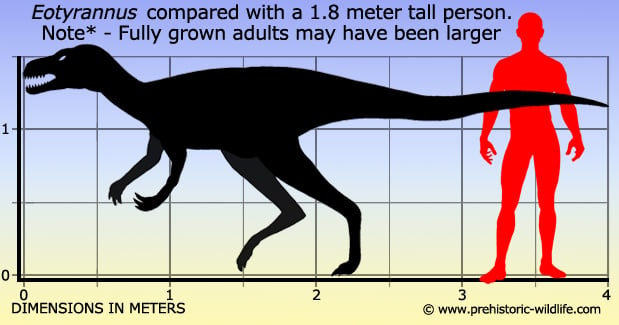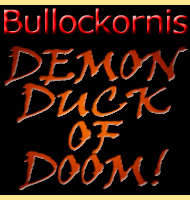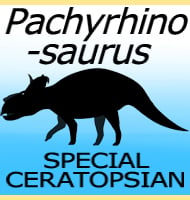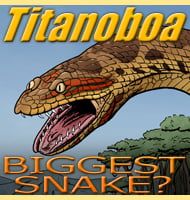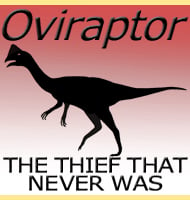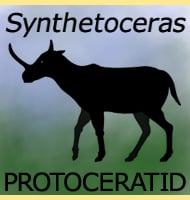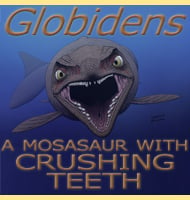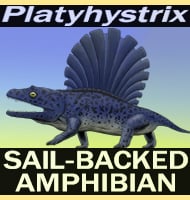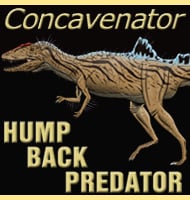In Depth
This tyrannosaur is one of the earliest known and the fact that it hails from Western Europe means that the origins of the tyrannosaurs need to be carefully considered. Given that the largest and last of the group are known mostly from North America, and the smallest and earliest are known from Asia, Eotyrannus along with other finds has upset the balance a bit. It could be that the tyrannosaurids radiated out from their origins very early in their evolution and perhaps even returning to their origins with newer and more advanced forms displacing the old.
Eotyrannus does show with clarity that the tyrannosaurs were not always huge and powerful carnivores, but had their origins in the realms of faster, lightweight hunters. The longer arms also appear to have still been an important part in prey capture, something that would become greatly reduced in later tyrannosaurids like Tyrannosaurus.
Because the skeleton is of a juvenile it cannot be said with any certainty how big Eotyrannus grew. Only a second and ideally full grown specimen would be able to answer this with clarity.
Further Reading
– A preliminary account of a new tyrannosauroid theropod from the Wessex Formation (Cretaceous) of southern England.” Cretaceous Research, 22: 227–242. – S. Hutt, D. Naish, D. M. Martill, M. J. Barker & P. Newbery – 2001.
